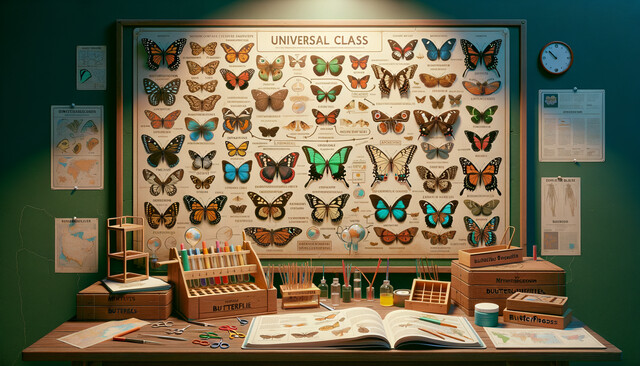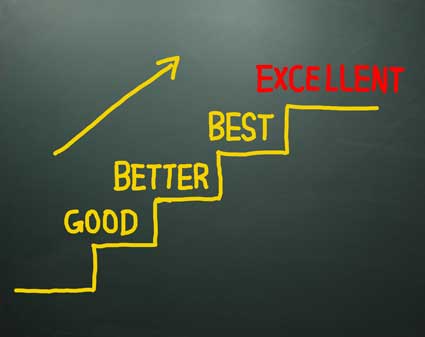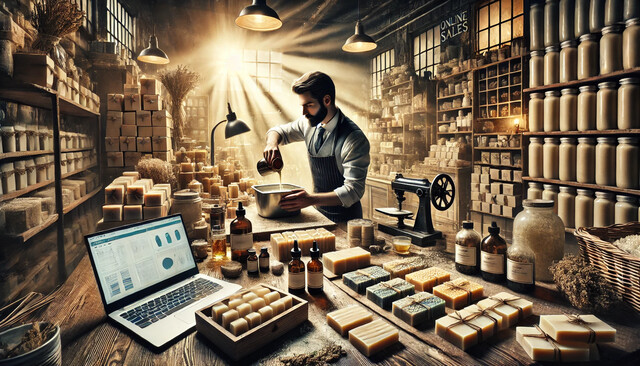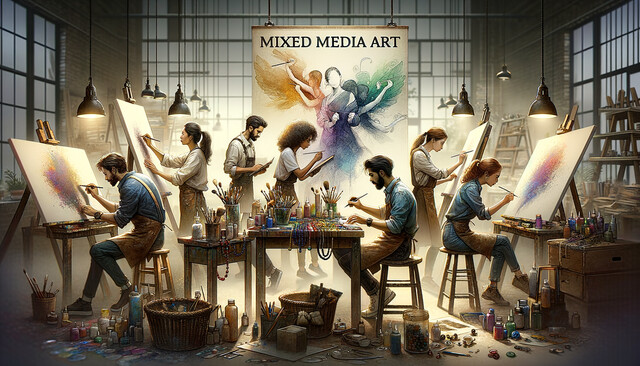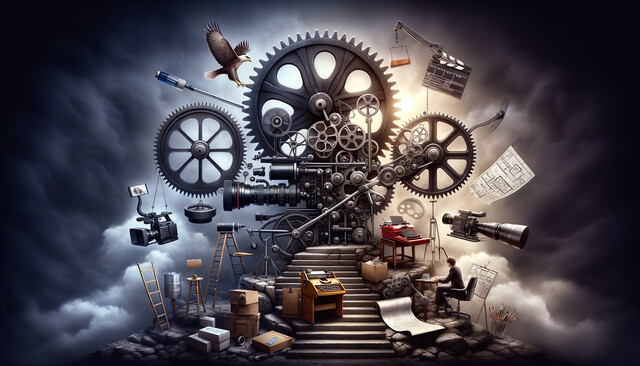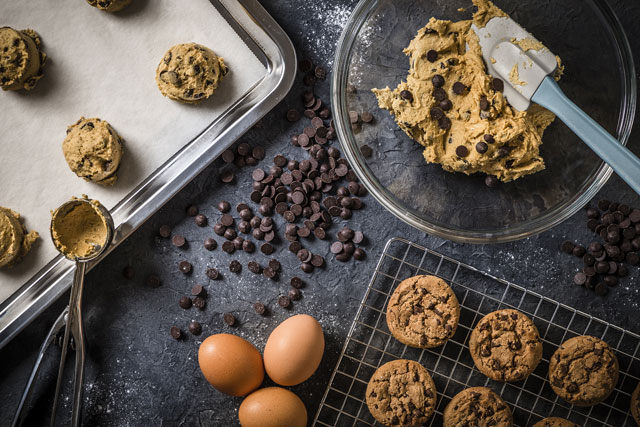One concern shared among all antique collectors is purchasing a fake item. Acquiring a fake item can have a significant negative impact on your profitability, especially if you have invested a great deal of money in the object. The memorabilia and collectors market is rife with instances of fraud or deception. One typical fraudulent example would be when a seller signs an item with the name of a famous person and then tries to sell it as an authentic autograph.
More common in the antiques business is the practice of telling the truth in such a way that the buyer is misled as to its significance. This happens when, for instance, something is marketed as having been on the set of a particular movie. While this may be true, the item could have been something that a crew member brought to the set. No one appearing in the film ever saw or touched the item, but the seller is not technically telling a lie when he or she says it appeared on the film's set.
A more famous example is Josephine Earp, the American actress and professional dancer who played the wife of the legendary Wyatt Earp. In their later years together, she was known to buy a revolver at a local pawnshop or similar store in one town for Wyatt, and then take it to the next community, offering it for sale as a gun owned by Wyatt. Technically, this was not a lie, because for a brief time, Wyatt did own it. What she did not say is that the famous officer did not own it during the time he was a lawman or use it while on duty.
What to Consider When Collecting Vintage Memorabilia
Collectors find the field of collecting to be both interesting and challenging. While collecting can often be profitable, some pursue the hobby strictly for fun. Either way, there is much to consider before purchasing any particular item or object.
Your best defense is to educate yourself about the category you want to collect. As an example, if your interests lie in memorabilia related to railroads, learn when particular cars were used. Then, if you were offered a model train with both a coal car and a diesel locomotive, you would understand the oddness. When you know that Mary was the name of Abraham Lincoln's wife, you would question a painting of Abe and his spouse, Martha.
Scarcity of an item typically translates into higher prices. Know how rare something is before deciding whether the price is right. For example, Lou Gehrig signed many autographs, but few were on a sports jersey. An authenticated Lou Gehrig signature on one of his jerseys would be worth considerably more than his signature on a baseball.
Likewise, a reclusive star's signature will be rarer than one who thrived on publicity. A movie poster that was removed from circulation due to protests of church groups will be more valuable than its replacement. The more you know, the easier it is to spot fakes or something that is "just not right."
Determining Real versus Fake Objects
Many different items are offered for sale that are not original or authentic. Even diamonds are subject to fakes.Diamonds are natural stones and not perfect. Synthetic diamonds are perfect.
Keep in mind that fake objects are getting better every day. Rolex replica watches and other replicas have become inexpensive and, most important of all, of higher quality. Computer-aided design and high-tech machinery means that the counterfeiters can produce watches and many other things that can be nearly visually identical to the genuine watch. It is therefore important to know what you are buying.
Without knowing what telltale signs to look for, the average watch buyer may fall prey to scammers and fraud. Watches have sold for thousands of dollars that were easily identifiable as fakes. Make sure the movement is automatic and the chronographs work. An automatic movement has a sweeping second hand. In other words, the second hand does not tick once every second, but instead it sweeps smoothly through a series of very fine ticks. To look for genuine chronographs, try to operate them by pressing little buttons on the side. The chronographs should be able to act as stopwatches, and not just keep track of the seconds, hours, and day. An experienced, knowledgeable collector knows that fake chronographs often do not work, or cannot act as timers.
The Price Theory
One sure way to determine the authenticity of an object is to consider the price. If the asking price for an item is too good to be true, it probably is. Items that carry outrageously low prices should be considered questionable. Be skeptical when the price does not match the item.
Price is determined by how many potential buyers exist and how willing they are to spend their money. If there are not many who want a specific item or if they are not willing to pay the price, values fall. Sometimes the price rebounds, and sometimes it does not. This is particularly true if there was only a temporary interest in the topic or personality.
Interest to Multiple Collectible Collectors
It is also often desirable to collect vintage memorabilia that appeals to more than one group of collectors. For example, the poster for a movie about ghosts and featuring an actor who later became a major star can span several interests. It can appeal to movie buffs in general, fans of the actor, and those with an interest in the paranormal. This ability to cross-market the item can help maintain its value.
Do not bother to collect objects that you have neither an appreciation for nor interest in because you will probably own them for a long time. Surround yourself with items that you find attractive or fascinating. Just because an item is cheap does not mean that you will enjoy seeing it in your home. You will gain more pleasure from a small, appealing collection than a large one you consider unimportant.
Setting the value or the price of an item in your collection is obviously one of the most important components of the profitability of your antique business. The marketplace should determine the value of any collectible, and it usually does. For example, an antique milk can is worth something, but how much is its actual value? If an item is offered for sale at $1,000 and there are no buyers, its value or worth is less than $1,000. If the same object were offered for sale at $50, and it sold, then it is worth that amount, and other similar antique milk cans are worth approximately the same amount. In this simplified example, the marketplace sets the value of antique milk cans.
The determination of the value of an antique or collectible takes more than locating an item in a price guide or reviewing auction results. In fact, that is just the beginning of the valuation process. There are a number of factors to consider when deciding how much your antiques are really worth.
Several factors determine the value of a collectible item. These factors include:
1. personal connection to an object;
2. desirability of owning the item;
3. the kind of object it is;
4. the rarity of the item;
5. its condition.
Personal Connection
Objects that provide the buyer with a personal connection are often valued higher. For example, a Monkees board game is probably worth more to someone that watched the musical act on television in the 1960s than someone that has no idea who the Monkees might be. A generic chess set from the '60s may be from the same era but would be worth considerably less.
Desirability of Ownership
An unknown is how much someone really wants to own a particular item. To some people, an old object is worth little or nothing, while other objects are worth a great deal. An example might be a piece of collectible sports paraphernalia. Some could care in the least about a signed baseball, while to others, the same ball could be worth thousands of dollars.
Type of Object
The type of object often determines the value. Just because an item is an antique does not make it extremely valuable. For example, an antique hand sickle may be worth only $5. An antique cobbler's tool kit of the same era might be worth $100. Why a sickle is worth less than cobbler's tools may make little sense, but the price is set by what someone is willing to pay for an item.
To a true collector of sports memorabilia, a seat from an old baseball stadium is worth something, but likely far less than an autographed bat. More people would desire ownership of the bat, especially if it were one used by the player. What the object is often can be a significant factor is setting its value.
Rarity
In both the memorabilia collectible market and the antique collectors market, rarity counts toward determining the item's value. Generally speaking, the more rare the item, the higher its value will be.
If an item had been mass-produced and many other identical items survived, it may be highly collectible but worth less. Many older magazines were read once and then placed on a shelf. They are often sold. However, there are very rare and highly desired magazines, such as first issues, because there were fewer issues printed.
For others, collectible autographs are those that they buy from dealers or other people. They generally do not end up meeting the person that signed it, yet they really want to collect it, anyway. These autographs can cost about $10 or even $10,000, depending on who the celebrity is.
The general rule is that the fewer autographs circulating, the more collectible they are. For example, Michael Jackson rarely signed autographs, so anyone who has one is sitting on a collectible that is worth plenty. The legacy of some deceased celebrities, including Marilyn Monroe and James Dean, lives on; and their authentic autographs have significant value.
Condition
An item in perfect condition is worth more than an item that is in just very good or average condition. The rule is that the better the condition, the higher the item's value.
One-of-a-Kind Objects
Some items have undeterminable value because they are so rare, one of kind, or famous. For example, what is the value of the Mona Lisa? It is certainly a one-of-a-kind object and quite famous. If it were to go on the market, what would its value be? No one knows for sure.
Be careful of one-of-a-kind objects. Because there are no other examples available, it is difficult to determine the actual or probable value. One example might be a custom-made coat worn by a president. Assuming it is authentic, the coat's value may be difficult to determine. The condition, the age, and type of coat could be factors in setting the value. Of course, which president owned and wore the coat would also determine the value. A coat of Martin Van Buren is less likely to fetch as high a price as one owned by Abraham Lincoln.
One-of-a-kind objects can certainly be worth purchasing, but establishing a value can be difficult.




